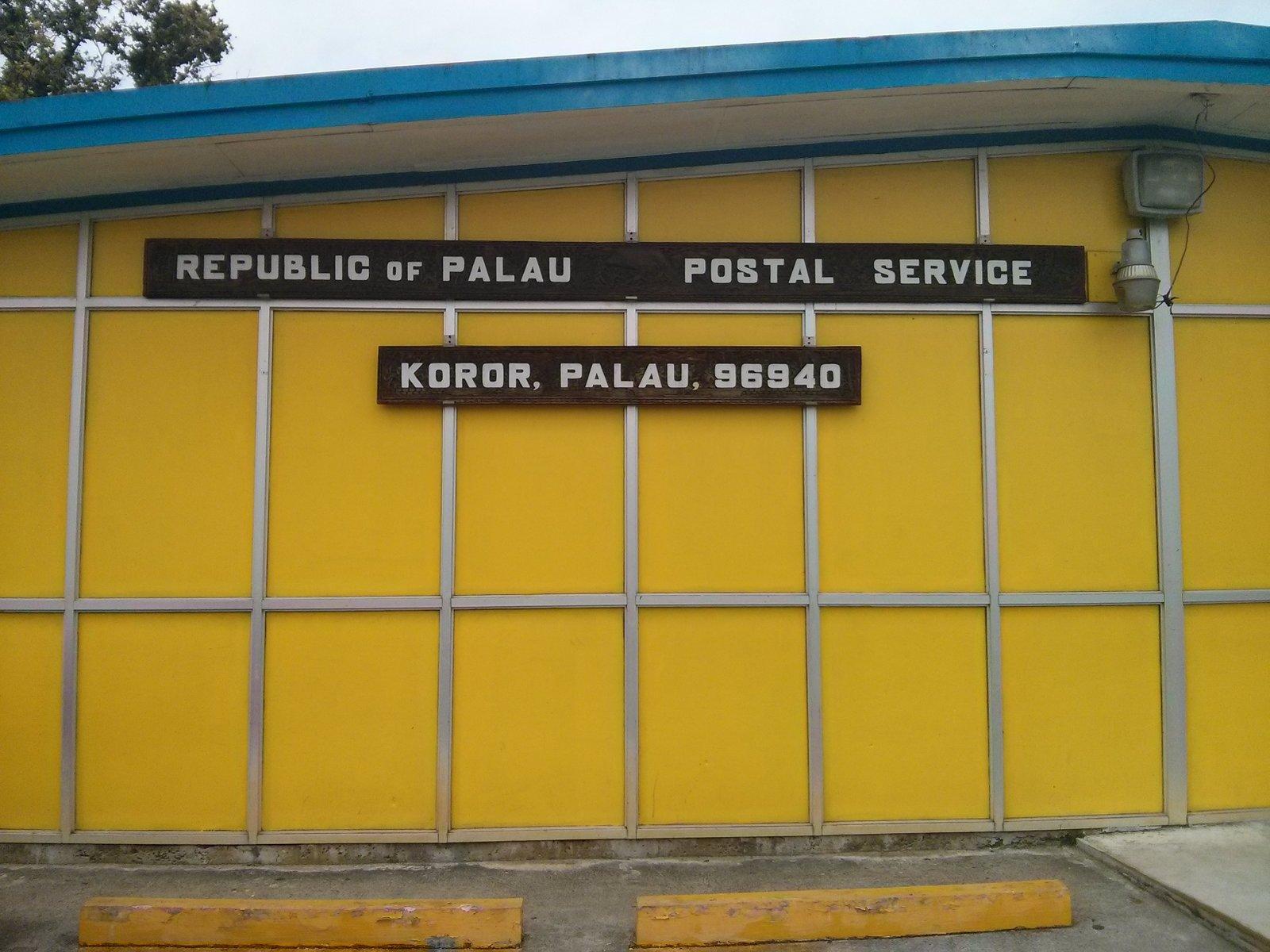In
1997, television changed. At least from my perspective. When Survivor came onto
the scene, that was the beginning of the “reality show” craze that lasted way
longer than I thought it would. I can’t believe this show has lasted for 35
seasons now. However, I first realized the island and country of Palau existed
when the show took its crew there during Season 10. If the show did anything,
it gave a bunch of Americans the idea that voting people off an island is a
thing, and indirectly, it taught people geography.
The
Palauans refer to their own country as Belau. It may be related to the word beluu, which means “village,” but some
think it may be related to the word aibeblau,
a reference to their creation myth. The Germans were the first to name it
Palau, and later the Spanish referred to it as Los Palaos, while the English
called it the Pelew Islands before going back to calling it Palau.
Palau
is part of the western end of the broadly-named Micronesian island region. The
Micronesian island of Yap (belonging to the Federated States of Micronesia) is
northeast of Palau, and the Papua region of Indonesia is directly south of the
island. If you go directly west, you’ll run into southern island of Mindanao in
the Philippines. Because of its location, it has a tropical climate – the
average temperature is 82ºF (that’s the perfect temperature for me). They do
experience a lot of rain, although typhoons are rare. And given their location
along the Pacific Rim, they are also susceptible to earthquakes. Like other
Pacific Islands, wastewater management and rising sea levels are pressing
issues they’re constantly working on solutions for.
Most
likely, people migrated to Palau from Indonesia (and other Pacific and Indian
Ocean Islands). In the 1500s, one of Ferdinand Magellan’s ships spotted some of
the islands of Palau. When the Spanish took control of the Philippines, they
also included Palau as well. British traders began stopping by during the 18th
century, although Spain sold off the island chain to Germany when they lost the
Spanish-American War. During WWI, Japan took the islands from Germany and
annexed them until WWII when the US captured the islands. During the late
1970s, both the Marshall Islands and Palau declined to be included in the
creation of the Federated States of Micronesia. A few years later, Palau signed
a Compact of Free Association with the United States. By 1994, Palau became an
independent nation. Since then, Palau has been working on being a financial
center.
The
capital city is Ngerulmud (pronounced “nn-je-ROOL-mood”), located on the
largest island of Babeldaob (pronounced “BABBLE-day-ob”). The nation’s largest
city used to be Koror until 2006 when the population of Ngerulmood surpassed
it. One thing I didn’t know is that because Palau is part of a free association
with the US, they actually utilize our zip code system. The entire country uses
one zip code with the exception of the city of Ngerulmud, which has its own.
Palau’s
economy depends on fishing and what agriculture it can sustain (mostly
coconuts, a variety of fruits and vegetables, nuts and beans, and some pigs and
chickens). They also depend on tourism, mostly as ecotourism, scuba diving, and
snorkeling excursions. Although they do depend on financial help from the US,
the government is their largest employer. They’ve tried to establish the
country as an offshore financial center, but even one of their own banks filed
for bankruptcy in 2006.
Because
of Palau’s dealings with Europeans and Americans, Christianity remains the
majority religion. The Japanese introduced Buddhism and Shintoism to Palau
during the Japanese occupation of the early 20th century. Many Palauans
still practice Modekngei, a combination of Christianity with their traditional
religious-based fortune telling. There are small pockets of Muslims, Seventh
Day Adventists, Jews, and those following Chinese folk religions as well.
Palauan
and English are both listed as the official languages. However, in the states
of Sonsorol and Hatohobei, the official languages are Palauan and Sonsorolese
or Tobian, respectively. (Sonsorolese and Tobian are so close that they are
mutually understandable.) Some older residents still speak Japanese, and it’s
still listed as an official language in the state of Angaur. It’s the only
place in the world where Japanese is the official language – even in Japan,
it’s listed as a national language.
Palau
is one of those few countries where the matriarch rules and often serves as the
chief in traditional society. I bet a lot of things get done around there. With
the exception of one two-year trade school, the country doesn’t have any
universities. Students here travel to the US and other Pacific nations to further
their education. This also goes hand in hand with the fact that many Palauans
work outside of the country as well. After reading through their recipes and
looking at pictures of the country, I can see why they return, though.
Up
next: art and literature



No comments:
Post a Comment